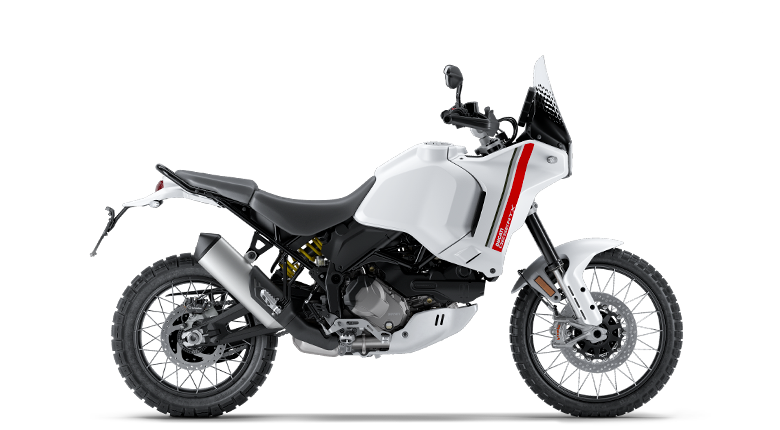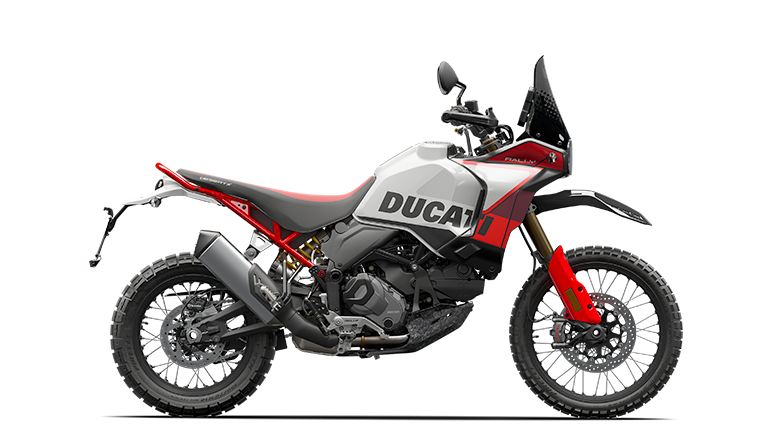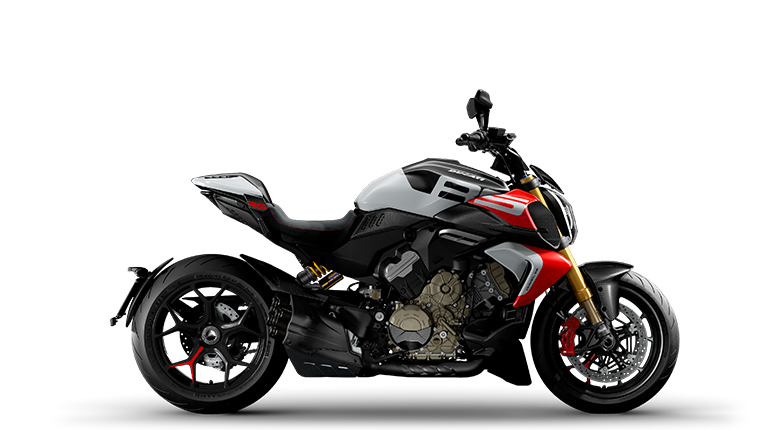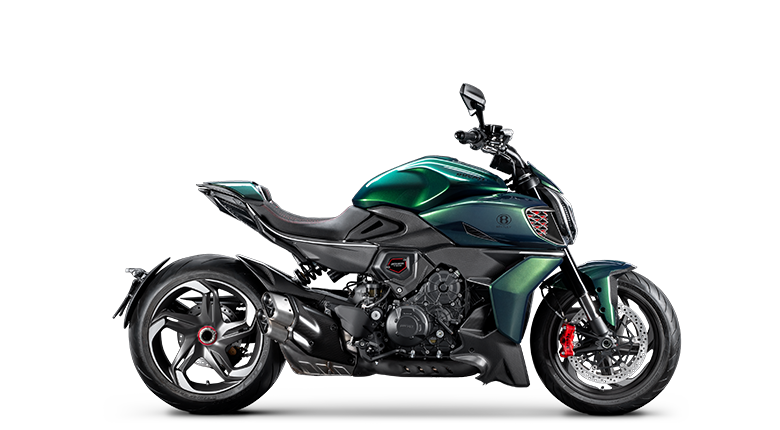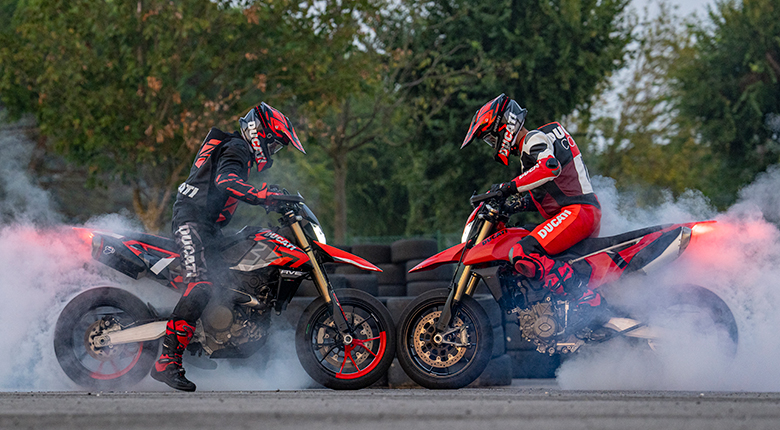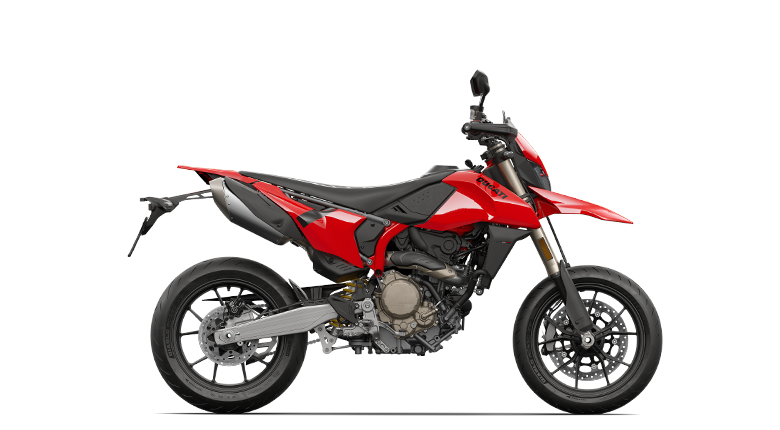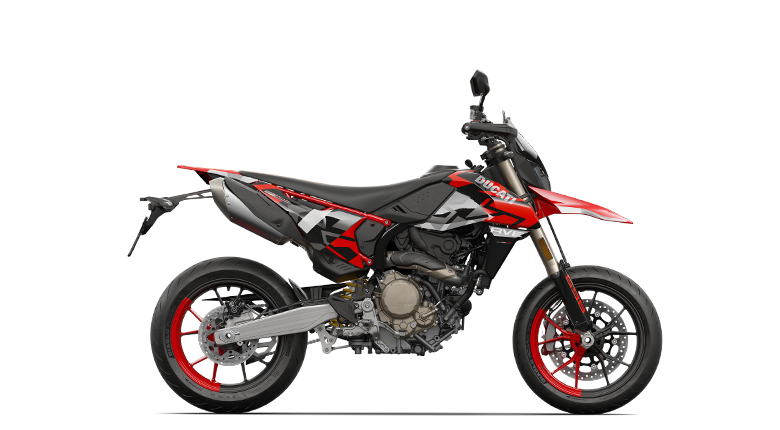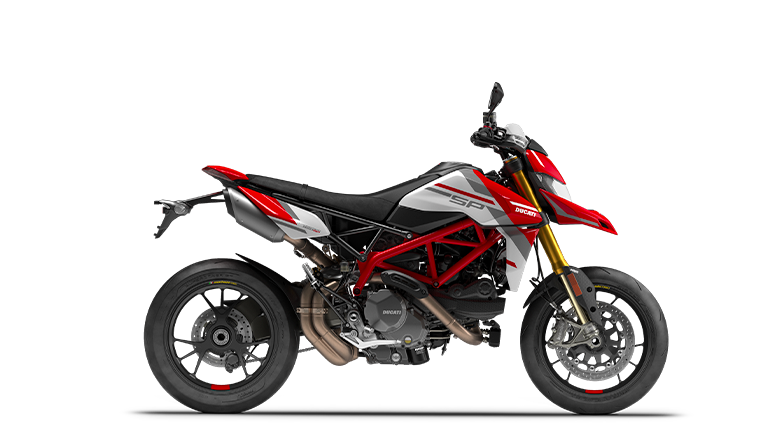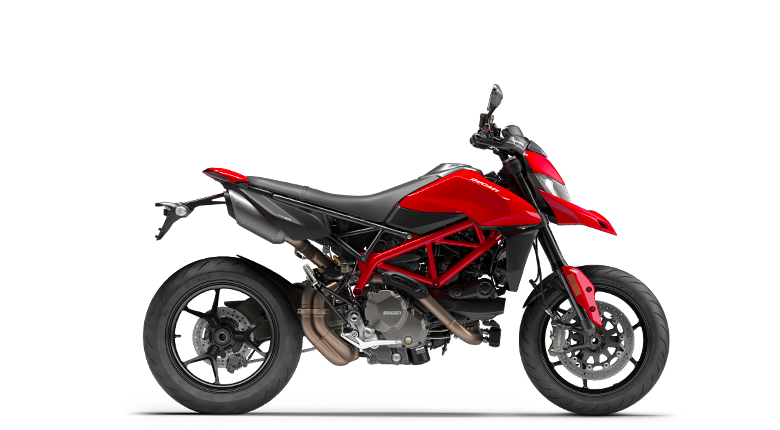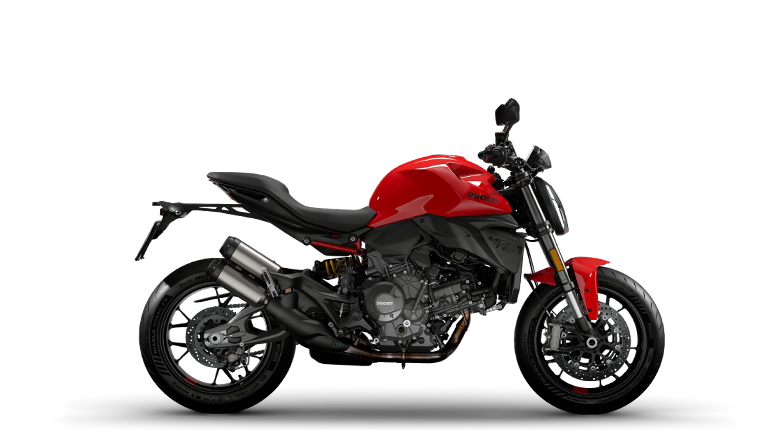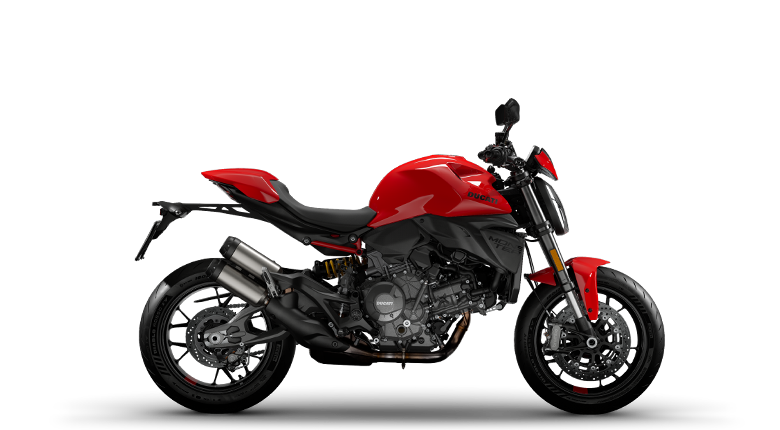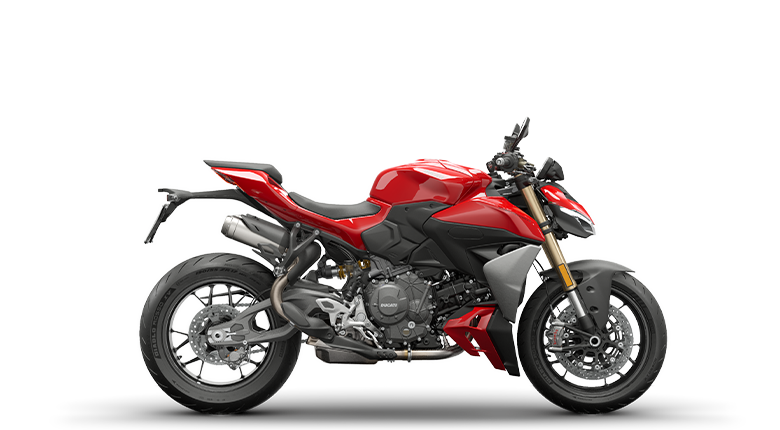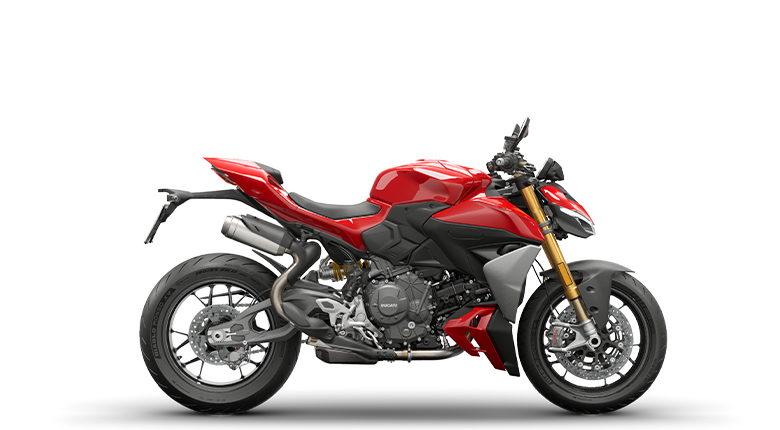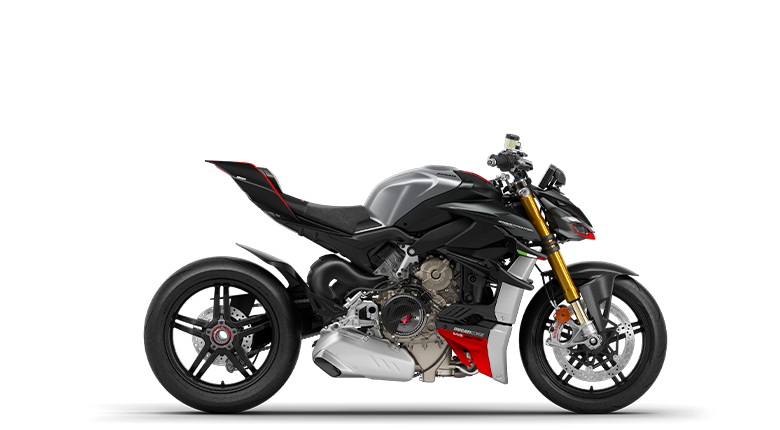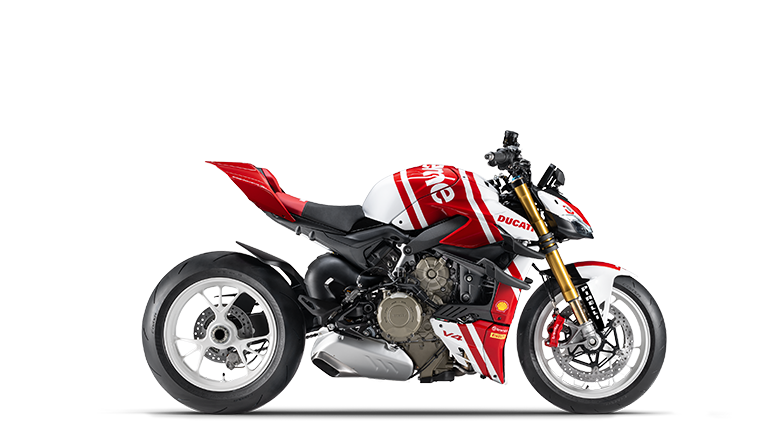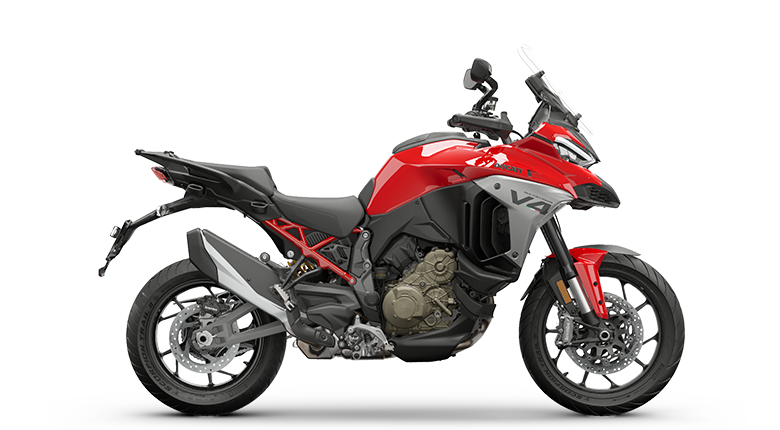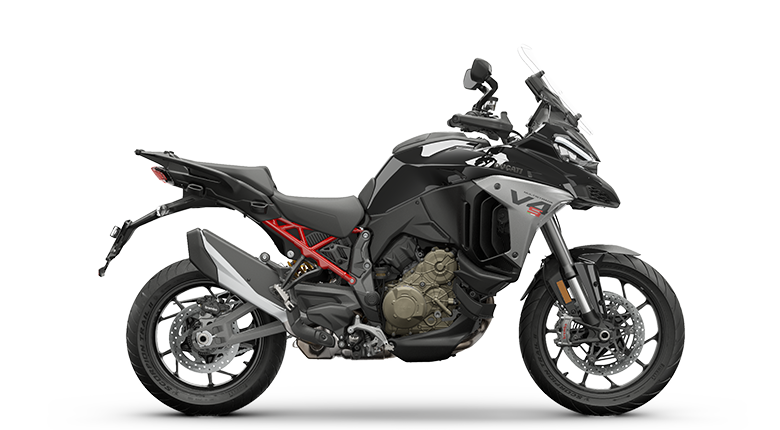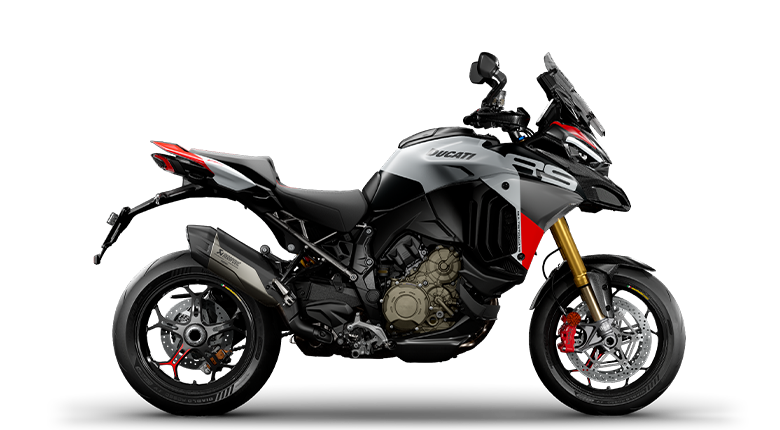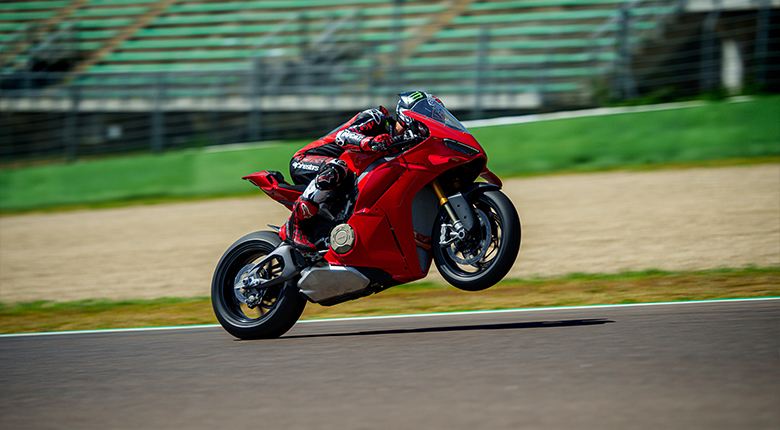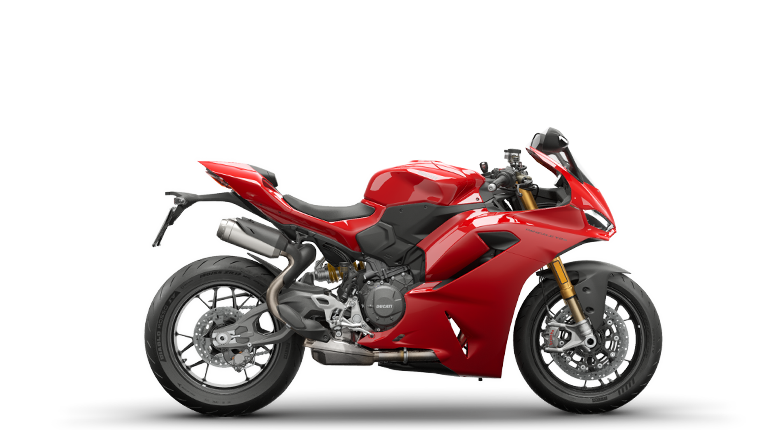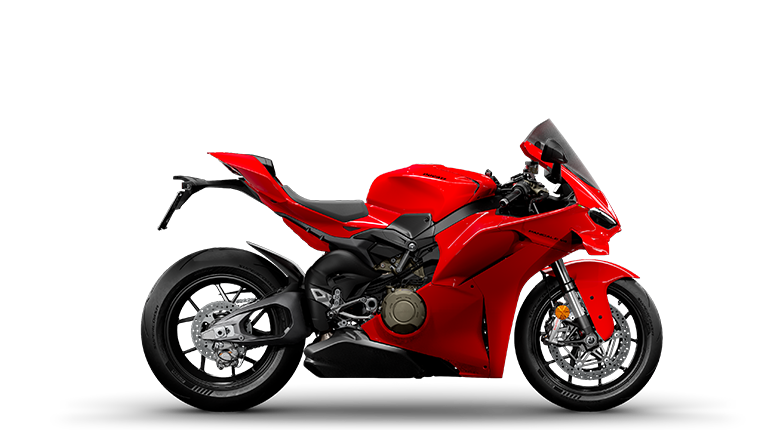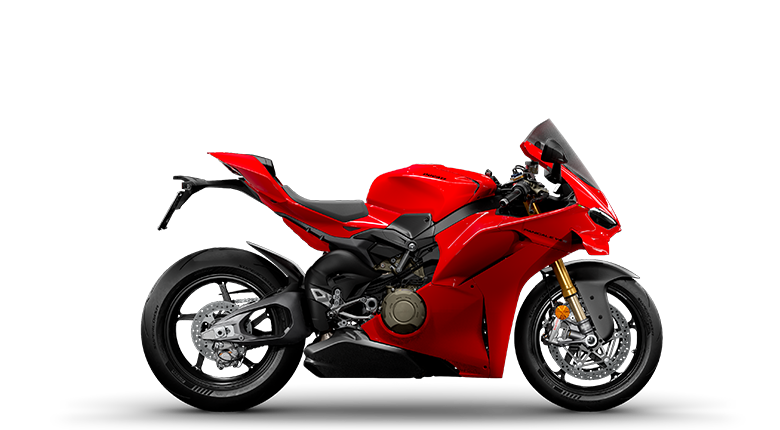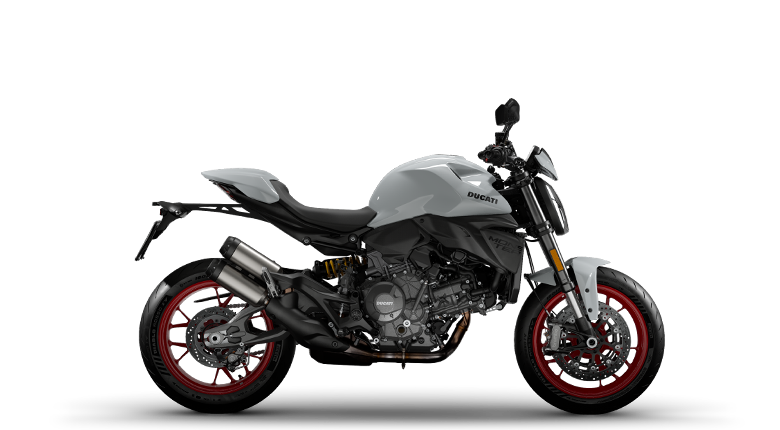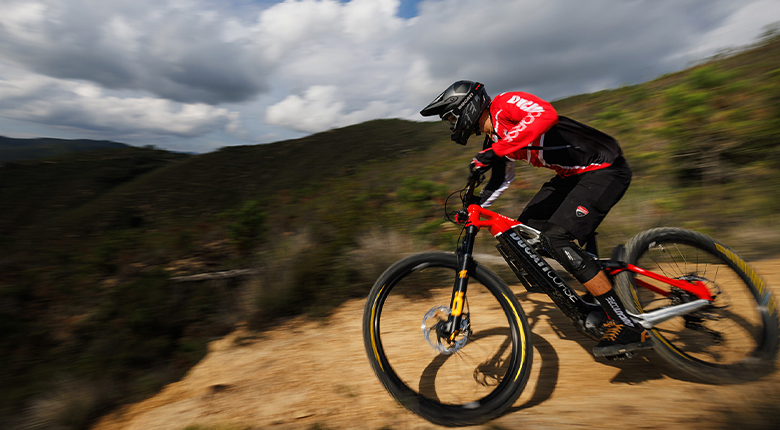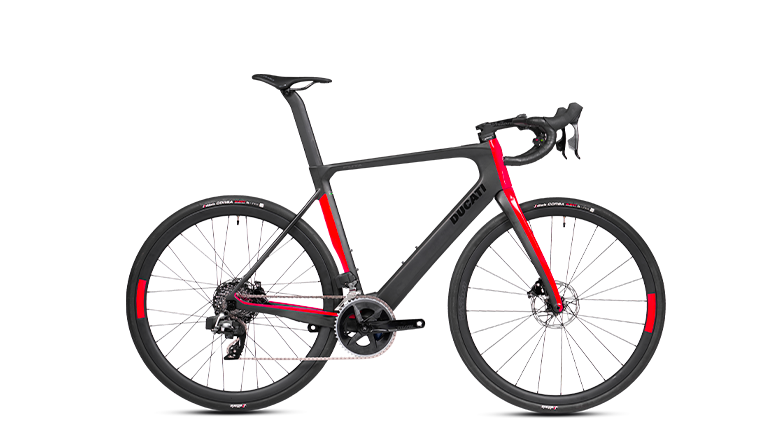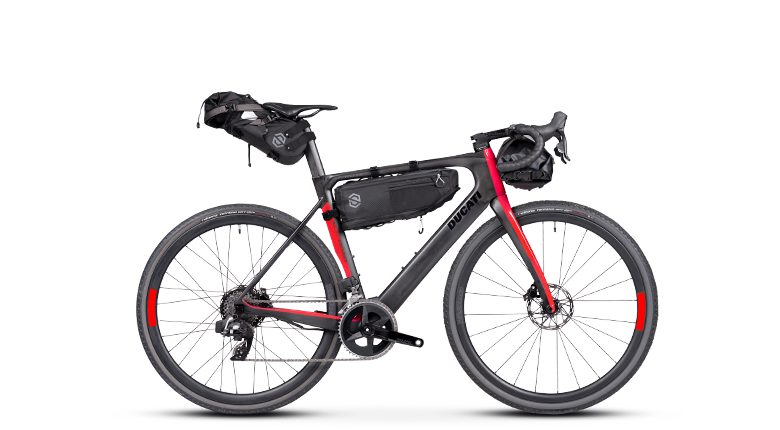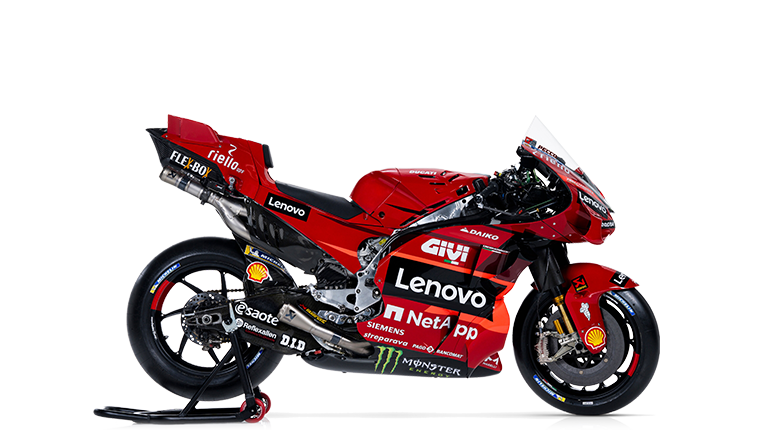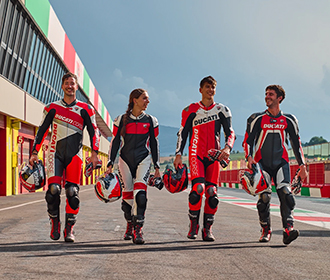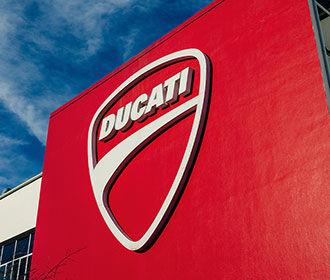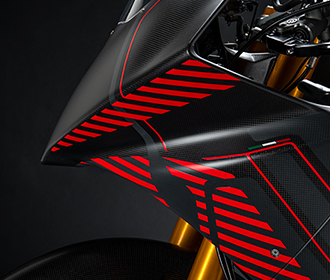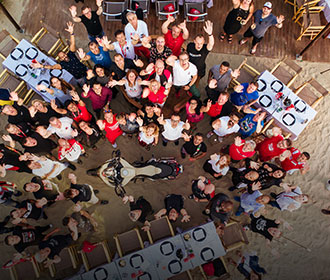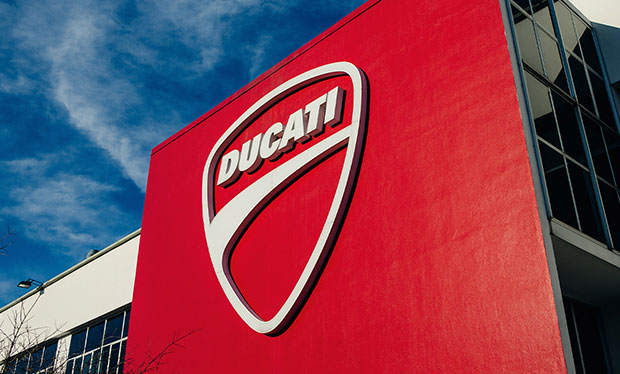- Models
- Configurator
- Shop
- News
- Racing
- DWP 2026
-
Models
-
DesertX
![]()
- DesertX Family
- DesertX Discovery
- DesertX
- Rally
DesertX -
Diavel
![]()
- V4
- new V4 RS
- Diavel for Bentley
Diavel -
XDiavel
![]()
- V4
XDiavel -
Hypermotard
![]()
-
Monster
![]()
- new Monster
- new Monster +
Monster -
Streetfighter
![]()
-
Multistrada
![]()
- OVERVIEW
- V2
- V2 S
- V4
- V4 S
- new V4 Rally
- V4 Pikes Peak
- new V4 RS
Multistrada -
Panigale
![]()
- Overview
- V2
- V2 S
- V4
- V4 S
- new V4 R
- V4 Tricolore
- V4 Lamborghini
Panigale -
![]()
-
35 kW Bikes
![]()
-
Off-Road
![]()
- new Desmo450 MX
Off-Road -
E-BIKE
![]()
-
Ducati Speciale
![]()
- Ducati Speciale
- Limited Series
- Racing Replica
- Racing Real
- Ducati Unica
Ducati Speciale
-
- Equipment
- Shop
- DWP 2026

Bikes
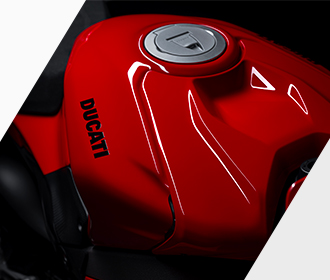
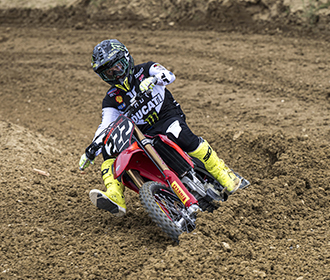
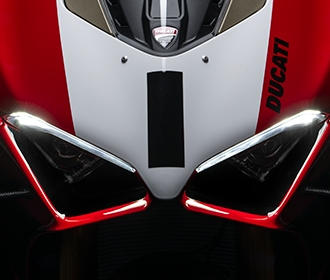
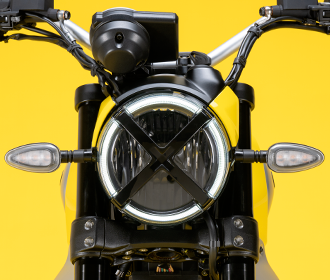
Diavel
XDiavel
Monster
Panigale
Streetfighter
Off-Road
E-BIKE
Ducati Speciale

Ducati Range
A complete range designed to meet every need.

Press Reviews & Awards
A technical, independent and authorial point of view: for those who ride to tell the story and for those who seek inspiration before choosing it.

BROCHURE
Discover all the details of your favourite Ducati bikes and download the brochure!

Scrambler configurator
Configure your Scrambler now!
Equipment
Accessories
Ducati World
Events
DRE Riding Academy
Travel with Ducati
Ducati Stories
News
Racing
MotoGP
MotoE
Corporate
Innovation
Design
Borgo Panigale Experience
Fondazione Ducati
The Ducati Network
Corporate Social Responsibility
Partners
- Ducati World
- Equipment
- App
- Corporate
- Service
- Ducati Club
- Dealer Locator
 International website
Change
International website
Change
Models

DesertX
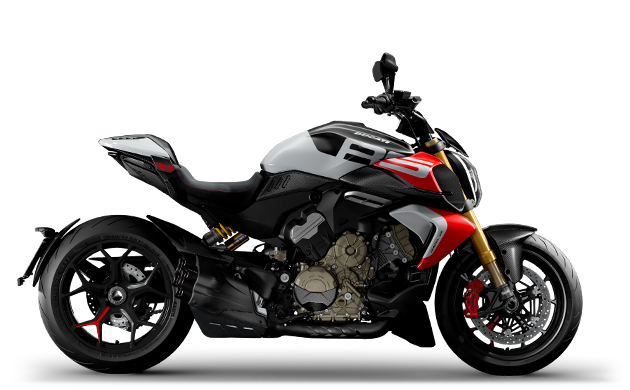
Diavel
New
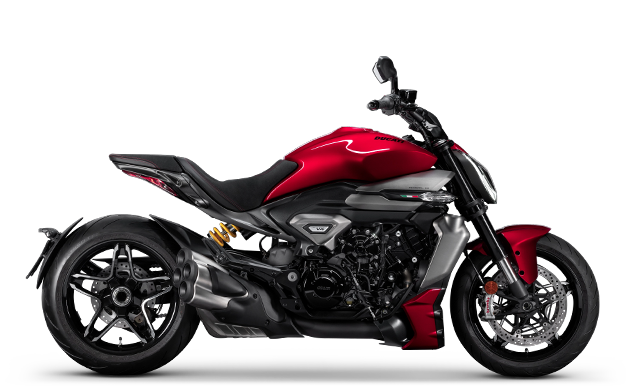
XDiavel
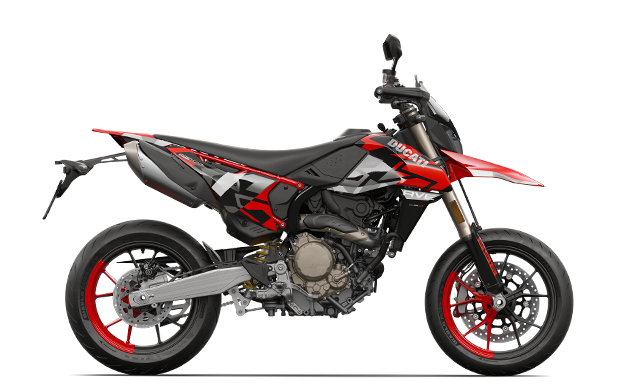
Hypermotard
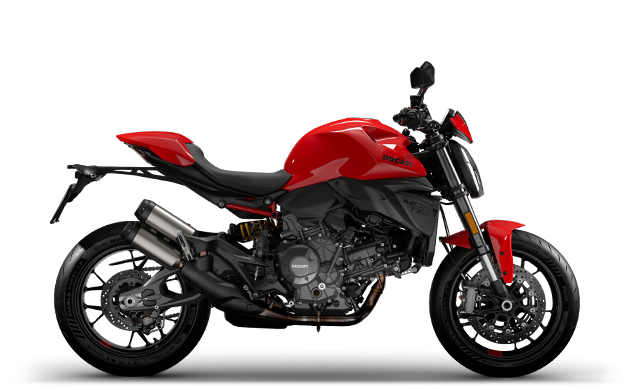
Monster
New
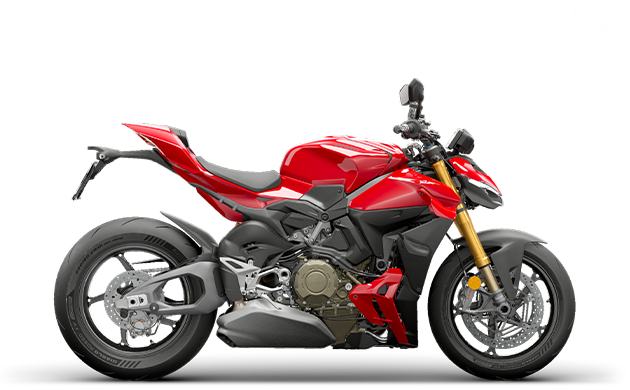
Streetfighter
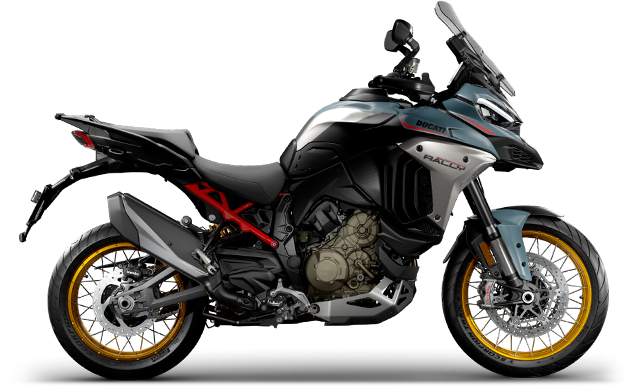
Multistrada
New
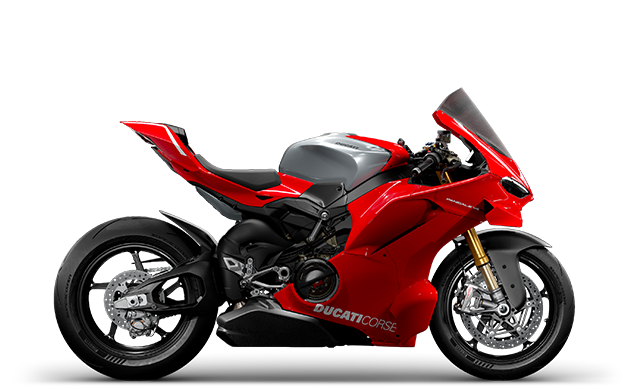
Panigale
New
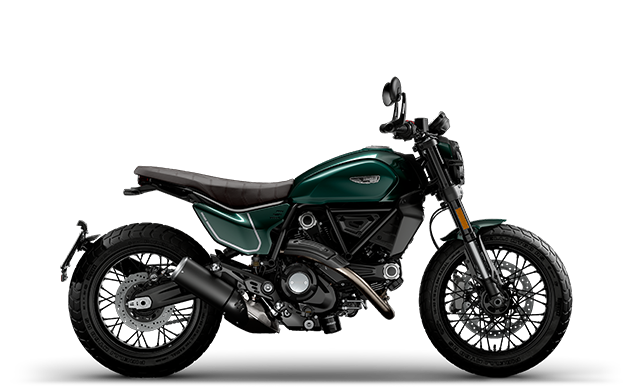
SCRAMBLER
New

35 kW Bikes

Off-Road
New

E-BIKE
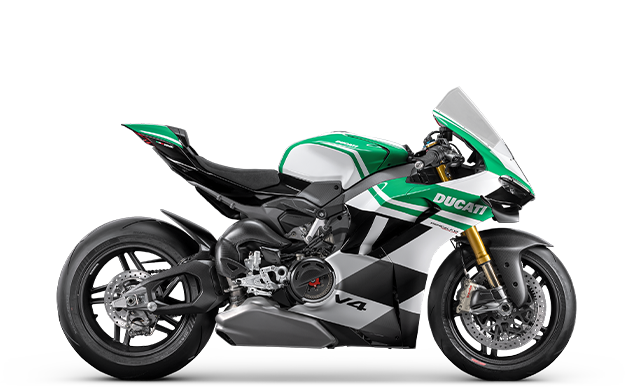
Ducati Speciale
Racing
- MotoGP
- WorldSBK
- Motocross
- MotoE
Ducati World
- Events
- DRE Riding Academy
- Travel with Ducati
- Ducati Stories
- News

Events Calendar
Discover about events and rallies organized by Ducati and the Ducati Official Clubs.
Discover more
Equipment
- Accessories
- Apparel
- Collab
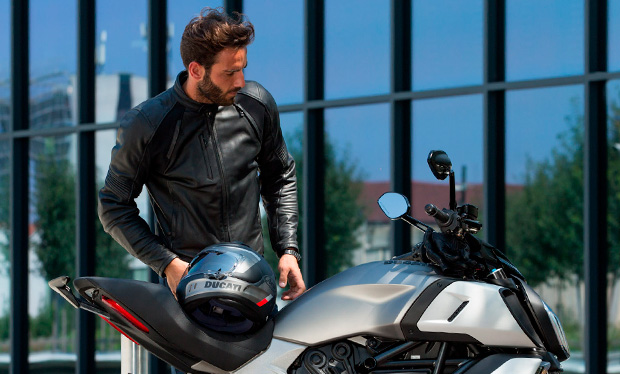
Ducati Online Shop
The online shop has a whole new look. Our style is the same as always. Buy now!
Click and discover!
Corporate
- Who We Are
- Innovation
- Design
- Borgo Panigale Experience
- Fondazione Ducati
- The Ducati Network
- Corporate Social Responsibility
- Partners
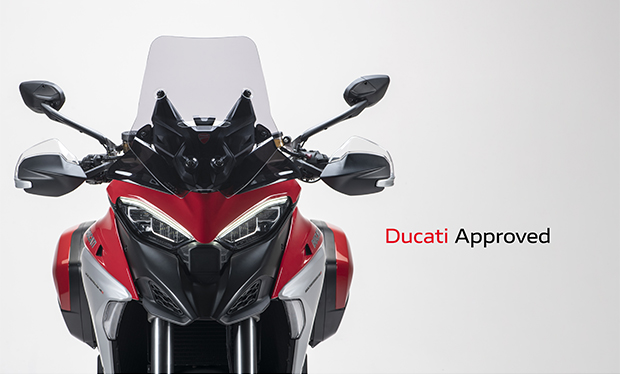
Ducati Approved
When you choose a Ducati Approved bike, you can be sure that Ducati is always by your side.
Discover more
Service
Ducati Club
16th March 1869: first patent for a two-wheeled vehicle
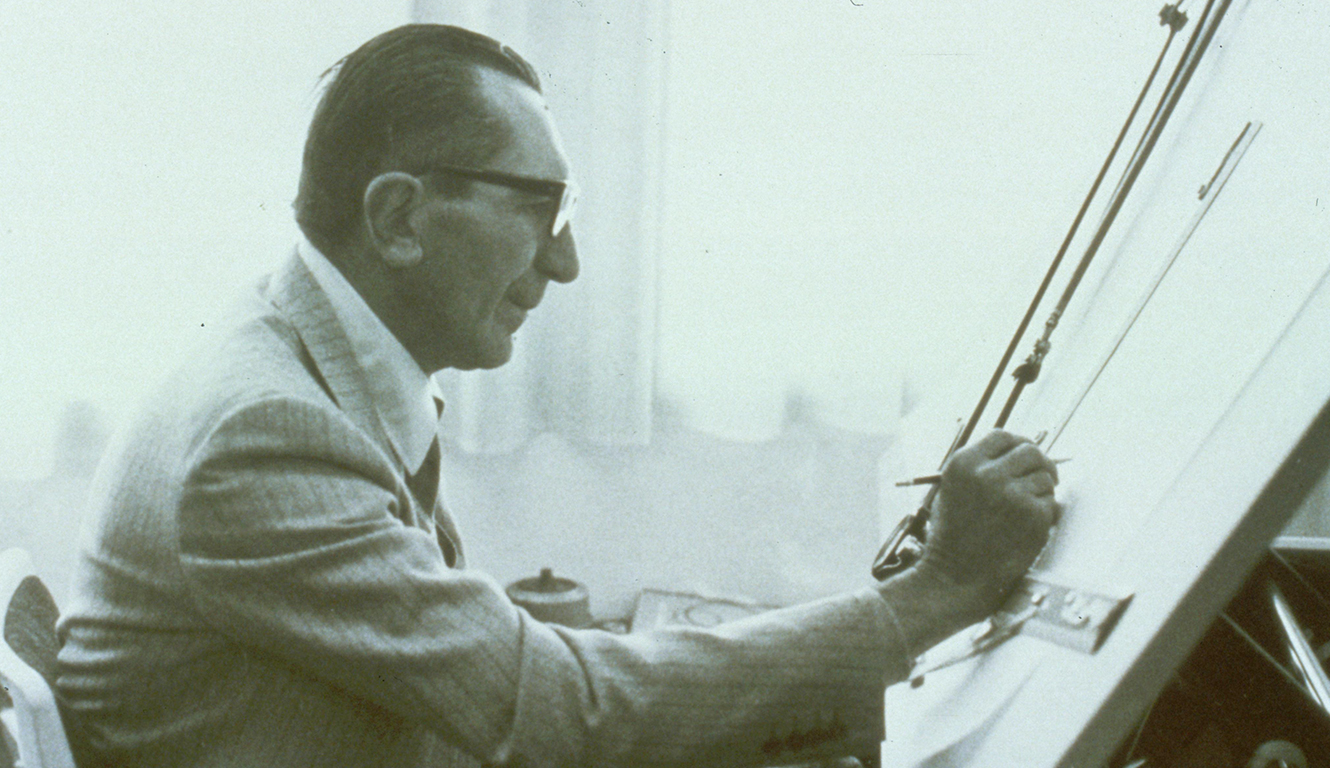
Dear Ducatisti friends,
Yesterday, 16th March was an important date in the history of motorcycling because it marks the anniversary of the filing of the very first patent for a two-wheeled vehicle, a precursor to the motorbike.
The project was attributed to Parisian engineer Louis Guillaume Perraux who filed the patent for the first “steam velocipede” on 16th March 1869.
However, this “paternity” is shared and challenged for by the United States, that attributes the invention of the motorcycle to Sylvester Roper, a talented engineer who produced a first version in 1867. The small seat served as a water tank, and the boiler was between the rider’s legs, in place of pedals.
It would be another ten years or so before the appearance of a first motorcycle with combustion engine. This came in 1879, with the project filed at Rome’s patents office by Bergamo engineer Giuseppe Murnigotti. But the two-seater motorbike, driven by a gas combustion two-stroke engine, was destined to remain a prototype.
The first real motorcycle with internal combustion engine was patented and then produced in 1885, in a small workshop in Canstatt near Stuttgart, by two German inventors, Gottlieb Daimler and Wilhelm Maybach.
In 1894, the first working examples were sold by Hildebrand & Wolfmüller and from then on, the motorcycle continued to evolve thanks to companies the world over, in both Europe and the USA.
And so? What does all this teach us?
…that invention is the result of a collective creative process and that inventors are those able to best interpret changes to our situation and anticipate them. Like artists, they see what others cannot yet see.
And why are we talking about this?
Because, by telling stories from our past, we take back that sense of community that defines our identity and guides us in our future choices. And we recognise that, within this community, the individual also counts, as an integral part of the collective narrative, today as then.
2020 marks one hundred years since the birth of Fabio Taglioni , the well-known designer and Ducati technician. A mechanical engineer, he was responsible for more than one thousand projects during his thirty-year career, notable examples including the application of the desmodromic system to a motorcycle engine, the “L” twin-cylinder engine, and the trellis frame, all real cornerstones of Ducati history, and motorcycling history in general.
Taglioni was undoubtedly a man of great creative talent. This characteristic, combined with tenacity and stubbornness (traits typical in his hometown of Lugo di Romagna), allowed him to take on and overcome important challenges.
At the start of his career, thanks to the unconditional support of Giuseppe Montano and in order to save a company destined for bankruptcy, Taglioni designed and developed the Ducati Gran Sport 100 “Marianna”. The bike quickly became the unbeaten queen of long-distance racing at that time.
In February 1970, in a restaurant in Bologna, two big bosses discussed the new programmes with Fabio Taglioni and tasked him with creating a bike capable of beating the Japanese machines, on equal terms, on both road and track. Taglioni took a pen out of his jacket pocket and traced the outline of a 90° “L” twin-cylinder engine, the futuristic design conceived almost ten years earlier for the Apollo, on a paper serviette. A few days later, the sketch was on the drafting table and, in 1971, it became the 750 GT, the first production Ducati twin-cylinder.
Then, come 1978, right when the company was experiencing a real identity crisis, that stubborn and determined character of his allowed him to propose a new bike, the Pantah 500, that, with its trellis frame and engine, once again broke with his previous design tradition.
By 1985 and as Fabio Taglioni, now an old man, left Ducati, the firm had well and truly earned its place in the motorcycle history books thanks to countless wins in Italian long-distance races, the Siluro’s speed records, the incredible reliability of the 175 T on the 1957 round-the-world trip, a 125-class world title scored in 1958, various Italian titles in the 100 and 125 classes, 12 wins in the 24 Horas de Montjuic between 1955 and 1986, the 200 Miglia di Imola in 1972, the Battle of the Twins in 1977 and 1986, the 1978 Tourist Trophy, international and national titles with the TT2 between 1981 and 1984.
The generations to follow would treasure his teachings, but that’s another story. What we are left with today is, above all, a great example of creativity and tenacity that, when combined with kindness and civic-mindedness, could see us navigate our way out of this difficult period with heightened awareness, or rather the knowledge that we are part of a great history.
#andràtuttobene
With love
 DesertX
DesertX
 Diavel
Diavel XDiavel
XDiavel
 Hypermotard
Hypermotard
 Monster
Monster Streetfighter
Streetfighter
 Multistrada
Multistrada Panigale
Panigale
 35 kW Bikes
35 kW Bikes
 Off-Road
Off-Road E-BIKE
E-BIKE
 Ducati Speciale
Ducati Speciale


